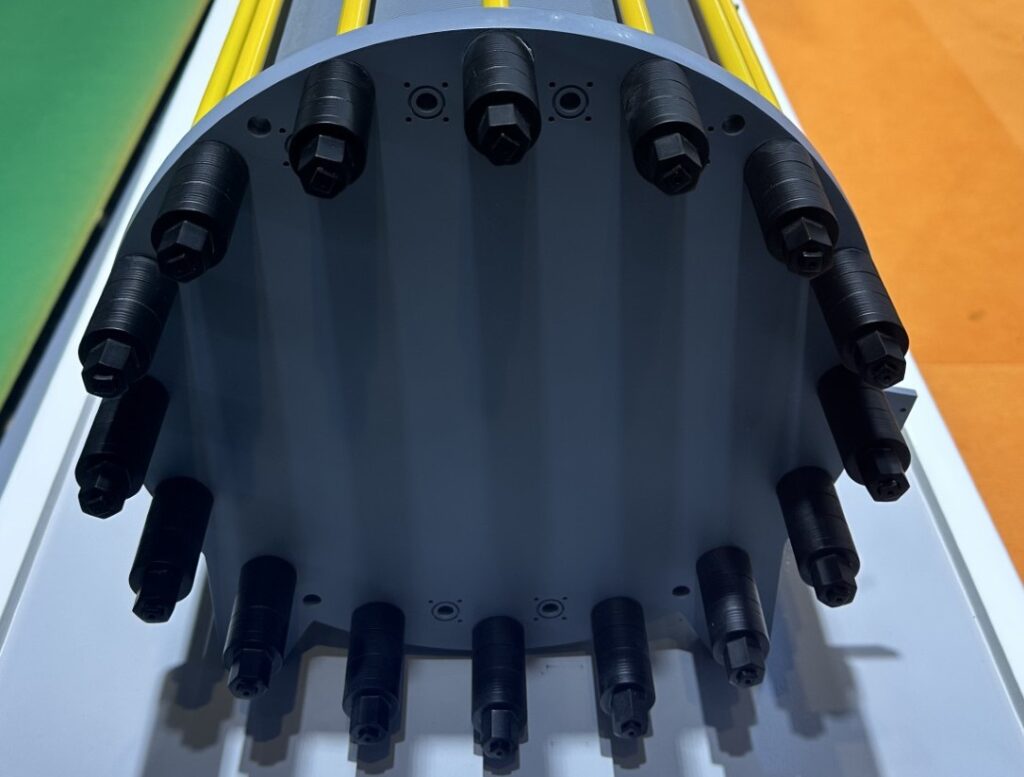A German research team has compared the economic performance of an off-grid PV electrolysis fuel cell system with that of a standalone solar-plus-storage counterpart in a building in Niger. The analysis found that decentralized PV-powered hydrogen could deliver significantly lower energy costs and lower storage costs than the PV battery system, reaching €0.12 ($13.1)/kWh and €0.35/kWh respectively .
A group of researchers from the University of Applied Sciences in Germany have investigated how PV electrolyzer fuel cell systems could replace solar plus storage systems as stand-alone power solutions for decentralized off-grid electrification and have found that the variety of fuel cells offer significantly cheaper power and lower costs for stored energy than the combination of solar energy and storage.
The scientists considered deploying both system configurations in a two-story, 14-room academic building in Niamey, Niger. The annual average radiation at the location is approximately 2000 kWh/m2.
The building uses 19 air conditioners, 75 lamps, 23 fans, 26 computers, 2 laptops, 4 video projectors, 1 television, 5 printers, 2 refrigerators, 2 copiers, 3 scanners and 1 outdoor lamp. “The operating hours of all appliances are between 6 a.m. and 9 p.m., except refrigerators, outdoor lamp and standby load,” the scientists specified, noting that the rated load is consistently around 66.8 kW. “Because the building is closed on Sundays, only the refrigerator load and standby load are taken into account during the day.”
The PV-powered hydrogen system consists of a 150 kW solar panel, a 50 kW polymer exchange membrane (PEM) electrolyzer, a hydrogen tank with a total storage capacity of 50 kg, a 20 kW fuel cell and a 5 kWh battery for small loads during the night for practical purposes. “Every day the battery would be fully charged before hydrogen is produced, so that sufficient electricity will be available at night,” the group points out. “The amount of hydrogen remaining at the end of the day after the fuel cell has operated is collected in tanks every day.”
The performance of this hydrogen system was compared through a series of simulations with that of a standalone solar plus storage counterpart, consisting of a 150 kW PV array, a 513 kWh battery storage system and an energy management system. The analysis took into account the overall cost structure of the systems, the levelized cost of energy (LCOE) and levelized storage cost (LCOS) of both systems, as well as the levelized cost of hydrogen of the PV electrolysis fuel cell system alone.
The economic analysis showed that the PV-powered hydrogen system is an “optimal choice” over the classic PV battery system, despite the slightly higher initial costs. “Although the battery storage system provides a slightly higher amount of electricity compared to the hydrogen storage system, the difference is marginal compared to the superior cost-effectiveness of the hydrogen option,” the scientists said.
They found that the hydrogen system achieved an LCOE of €0.12 per kWh and an LCOS of €0.35 per kWh, while the solar plus storage system achieved values of €0.17 per kWh and €0.71 per kWh achieved. The LCOH of the hydrogen installation also turned out to be between €8.21/kg and €4.78/kg.
The reason for the better performance of the PV-powered hydrogen system was attributed to the relatively high cost of the battery in the system over the life of the project. “Given the future production challenges associated with battery storage systems, investing in the hydrogen storage system today could be a beneficial choice,” the researchers said. “From the results of this study it can be concluded that the proposed project can feasibly be installed at the chosen location.”
Their findings can be found in the study “Independent electricity supply system with solar-powered hydrogen and fuel cell: possible to get rid of batteries?”, which was recently published in the International Journal of Hydrogen Energy. “The consistent message emerging from these findings is the economic viability of hydrogen production and its use for electricity storage applications,” the academics concluded.
This content is copyrighted and may not be reused. If you would like to collaborate with us and reuse some of our content, please contact: editors@pv-magazine.com.

